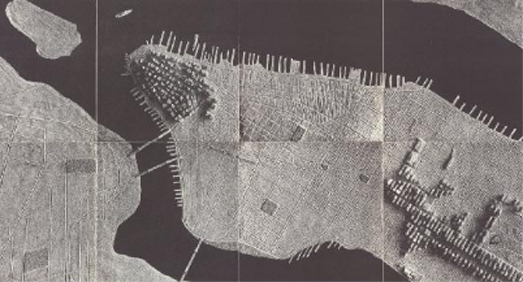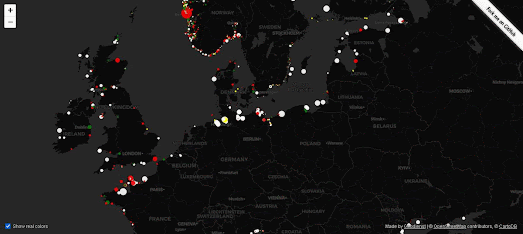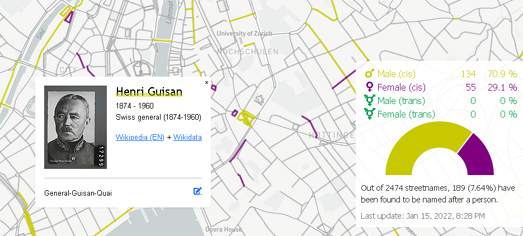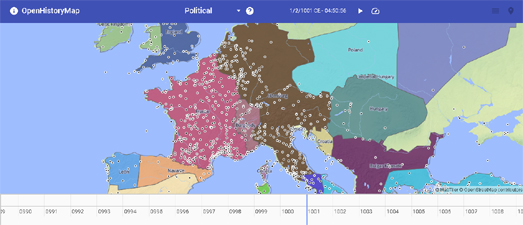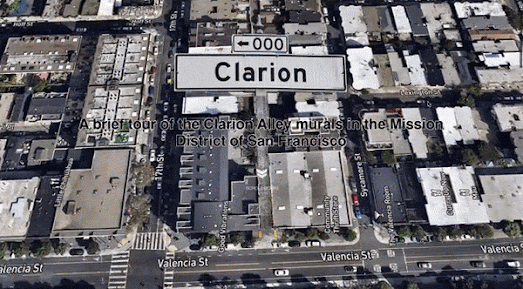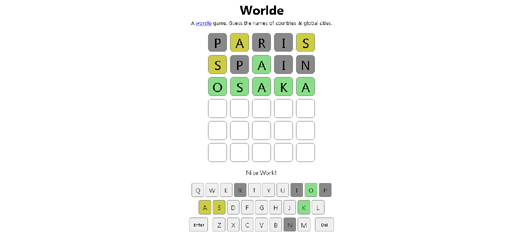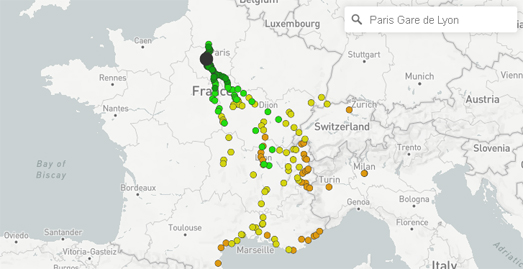Сообщения
Сообщения за январь, 2022
The Coldest Day of the Year
- Получить ссылку
- X
- Электронная почта
- Другие приложения
How Africa Pays for Climate Change
- Получить ссылку
- X
- Электронная почта
- Другие приложения
The Map of All Human Knowledge
- Получить ссылку
- X
- Электронная почта
- Другие приложения
All the Maps at Once
- Получить ссылку
- X
- Электронная почта
- Другие приложения
Lighting Up the World
- Получить ссылку
- X
- Электронная почта
- Другие приложения
Visualizing the Tonga Volcanic Eruption
- Получить ссылку
- X
- Электронная почта
- Другие приложения
The Sexist Streets of the World
- Получить ссылку
- X
- Электронная почта
- Другие приложения
The Global Rewilding Map
- Получить ссылку
- X
- Электронная почта
- Другие приложения
Mapping the World's Infrastructure
- Получить ссылку
- X
- Электронная почта
- Другие приложения
The Cycling Stress Map
- Получить ссылку
- X
- Электронная почта
- Другие приложения
A Brief Atlas of Time
- Получить ссылку
- X
- Электронная почта
- Другие приложения
A 3D Tour of Clarion Alley
- Получить ссылку
- X
- Электронная почта
- Другие приложения
500 Years in Rio
- Получить ссылку
- X
- Электронная почта
- Другие приложения
Taking a Sunday Street View Drive
- Получить ссылку
- X
- Электронная почта
- Другие приложения
Looking for Life on Europa
- Получить ссылку
- X
- Электронная почта
- Другие приложения
Wordle - Placenames Edition
- Получить ссылку
- X
- Электронная почта
- Другие приложения
The Witcher Interactive Maps
- Получить ссылку
- X
- Электронная почта
- Другие приложения
The Great Enclosure
- Получить ссылку
- X
- Электронная почта
- Другие приложения
The Direct Train Map
- Получить ссылку
- X
- Электронная почта
- Другие приложения
The Gerrymander Open
- Получить ссылку
- X
- Электронная почта
- Другие приложения
A Map of the World through Time
- Получить ссылку
- X
- Электронная почта
- Другие приложения
Natural Language Mapping
- Получить ссылку
- X
- Электронная почта
- Другие приложения
Mapping the American Power Grid
- Получить ссылку
- X
- Электронная почта
- Другие приложения
The Collapse of Chaplain South
- Получить ссылку
- X
- Электронная почта
- Другие приложения
The River Runner Global Edition
- Получить ссылку
- X
- Электронная почта
- Другие приложения
The Cycling Stress Map
- Получить ссылку
- X
- Электронная почта
- Другие приложения
How to Run Every Street
- Получить ссылку
- X
- Электронная почта
- Другие приложения



